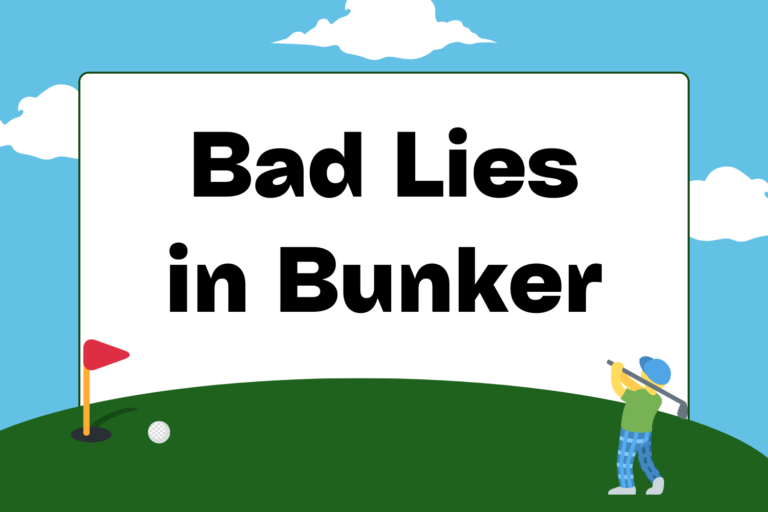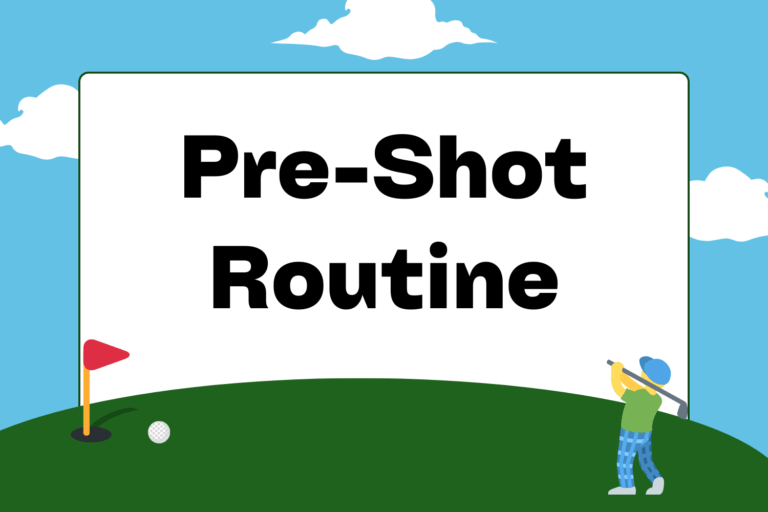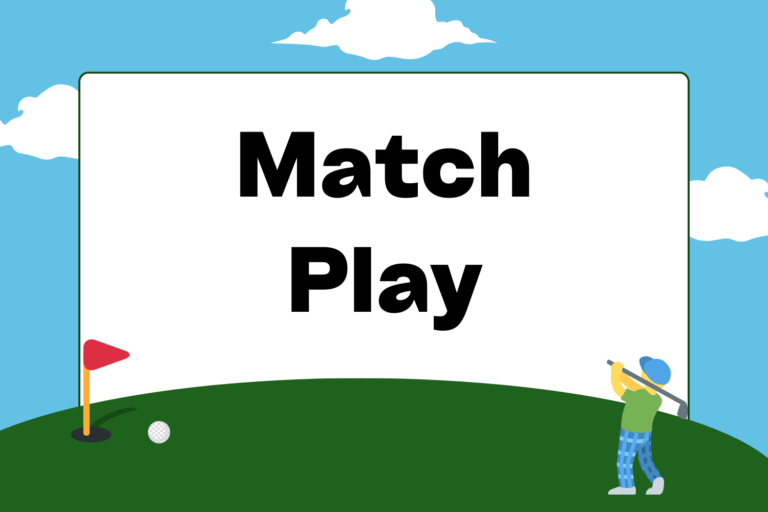Many beginning golfers — and a surprising amount of more advanced golfers — don’t put too much thought into the design of their clubheads. For them, there’s the part you hit the ball with, and then there’s the rest of it. But as it turns out, it’s a bit more complicated than that. Do you have to know every intricacy of the clubhead in order to hit a golf ball? Of course not. But understanding the basics of how a clubhead works will improve your understanding of your swing, and therefore, your game.
The Basic Parts of the Clubhead
Connected to the shaft by the hosel, the clubhead includes three major parts: The face, the sole, and the back.
The Clubface
The clubface is the part of the clubhead that makes contact with the ball. The angle of the face determines the club’s loft. Wedges have the most lofted (high-angled) clubfaces, and your driver and putter will have the least loft (low-angled clubfaces).
Three of the most important, but basic features of a clubface are as follows:
- Toe: The toe of the clubface is the part farthest away from you at setup.
- Heel: The heel of the clubface is the part closest to you and the hosel at setup.
- Grooves: On the faces of most of your clubs (barring your putter), you’ll notice horizontal grooves. These are designed to clear the dirt and grass away from the clubface during impact to allow solid contact between the club and the ball.
Fun Fact
Did you know that changing the loft on the face of your driver by only one degree can affect the direction of your shot by five yards? For a right-handed player, that means that for every one degree you go down in loft, you’ll tend to hit the ball five yards farther left, and for every one degree you add to your clubface, you’ll tend to hit it five yards farther to the right. That’s why it’s so important to get your clubs fitted to your exact swing!
The Sole
The sole of a golf club is the thick bottom part of the clubhead that rests on the ground when you set up to your shot. In irons and wedges, the higher the loft of the club, the thicker the sole will be.
Leading Edge
The part of the sole that gets the most action is the leading edge, which is the edge of the sole closest to the ball at setup. The leading edge is the first part of the club to make contact with the ground and/or ball during your swing.
Bounce
Eventually you’ll hear a term called bounce, most commonly used with wedges. The bounce of a club is the angle between the leading edge and the bottom of the club’s sole (the part that rests on the ground).
Another way to think about the bounce of a club is how far up off the ground the leading edge sits at setup. The more bounce on a club, the farther away from the ground the leading edge rests. This causes the club to dig less into the ground during impact.
When buying new wedges, taking bounce into consideration is a good idea. If your swing is naturally steep — if you tend to come down on the ball — you’ll probably do better with a higher degree of bounce (with the leading edge sitting higher off the ground). On the other hand, if you tend to sweep the ball with a more shallow swing, a lower amount of bounce (where the leading edge sits closer to the ground) will be your best bet.
Back of the Clubhead
Although the back of the clubhead doesn’t make contact with the ball at any point, its design has huge effects on the club’s performance. Specifically in irons, you’ll be given the choice between cavity backs and blades.
Cavity back irons are aptly named — they have an empty space in the back of the clubhead. The gap shifts the club’s center of gravity away from the center of the clubface, resulting in a much more forgiving club. If you accidentally hit the ball off the toe or heel of the clubface with a cavity back club, you won’t be punished with as bad of a result as you would with a club without a cavity in its back.
This brings the discussion to blade irons. The back of the clubhead for blade irons is designed as one solid piece, without a cavity. This spreads the weight of the club evenly across the clubface, resulting in a small sweet spot. Hit the ball off the toe or heel with a blade and you’ll realize how important it is to hit with these clubs perfectly.
It may seem like cavity back irons are better than blades, but that’s not necessarily always right. While it’s true that cavity backs are more forgiving, blade irons offer immediate feedback and feel for the golfer. Blades will also allow a highly skilled golfer to control the ball to the left or right with more ease, as compared to cavity backs. Very generally, that’s why you’ll see cavity backs in the bags of amateurs, and blades in the bags of professionals.
Learn More
At the end of the day, the important thing to learn if you want to be a golfer is how to play the game. But take some time between buckets at the range to speak with the head pro at your golf course about club-making. These basics should give you a head start, but there’s always more to learn about the ways technology affects your clubs and, in turn, your game.





